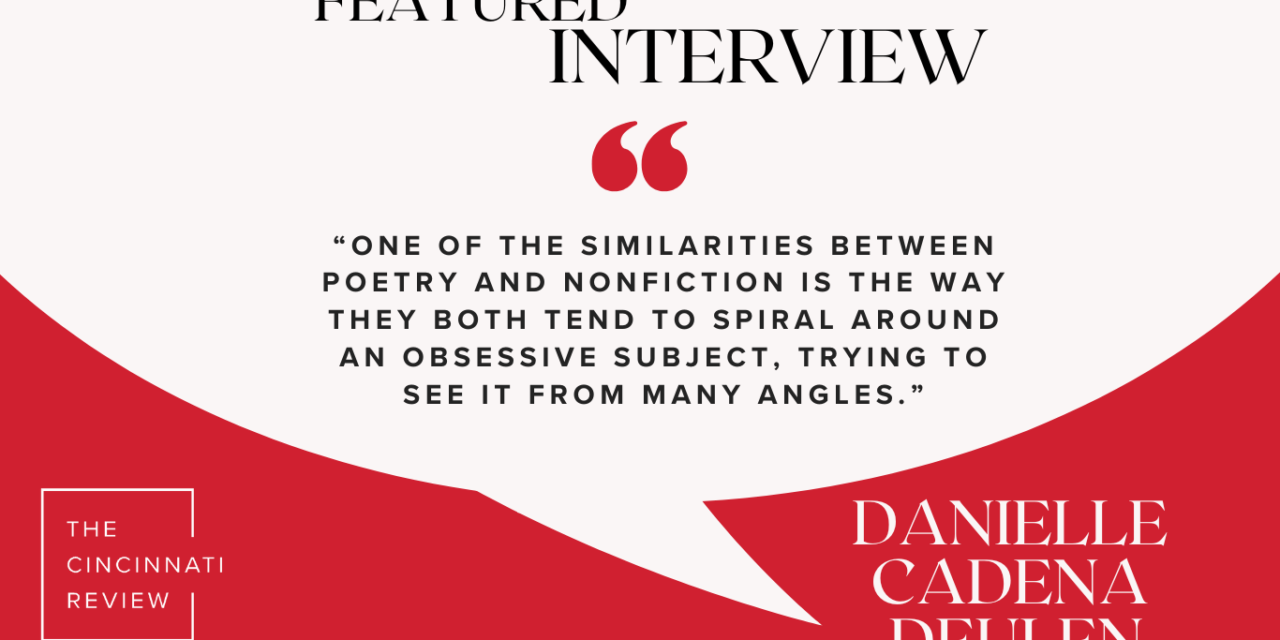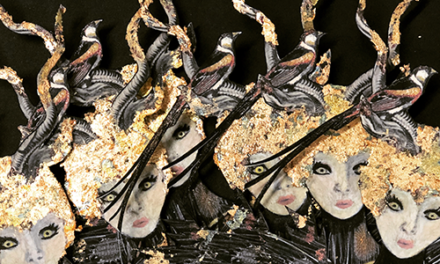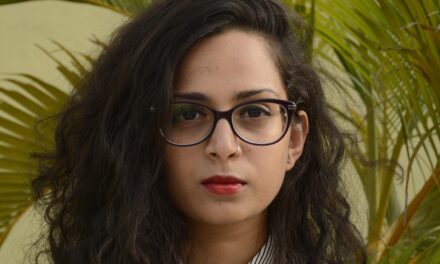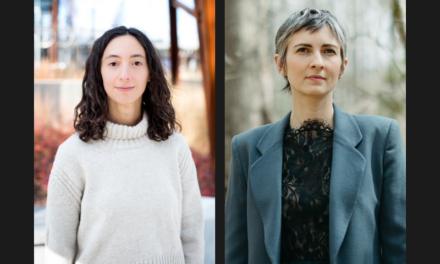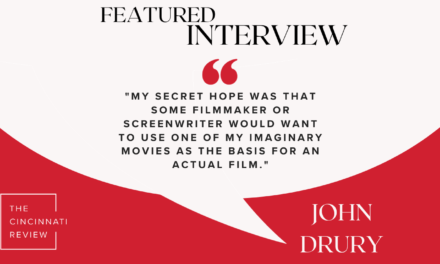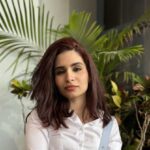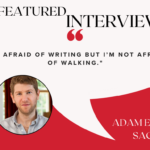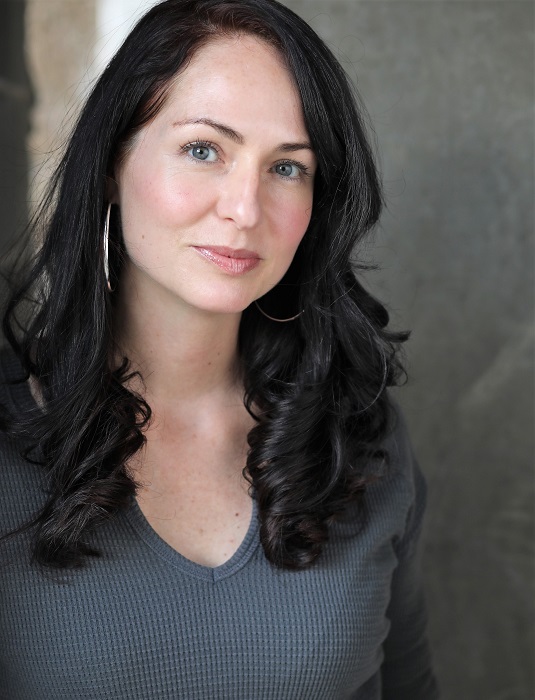
Managing Editor Lisa Ampleman: This week Danielle Cadena Deulen returns to the University of Cincinnati, where she taught from 2011–15, for a reading celebrating Desire Museum (BOA, 2023). That book (her third collection of poetry, fourth overall) includes poems steeped in memory, in which the speakers often examine the present based on the past. Deulen writes searingly of the seizure of children at the border in 2019, using Heisenberg’s Uncertainty Principle as an analog, for example, and one of my favorite pieces, “Museum,” elegizes a friend while questioning the writing as it happens: “You see how sentimental I am, how messy?” Remixes, Sapphics, villanelles, prose poems, contrapuntals: the book is varied and rich.
Deulen will read as part of the English Department’s Visiting Writers Series this Thursday, February 1, at 5:30 p.m. in the Elliston Room (646) of Langsam Library. Ahead of that, I asked her a few questions about the book and more:
What was the best or easiest part of writing Desire Museum? And, if applicable, what was the hardest or most challenging part of writing it?
As it is in most poetry collections for me, the hardest part was starting and the easiest part was finishing. I believe this is because when you begin an artistic endeavor, you are often alone, fumbling around inside your own brain, trying things out, failing so much, trying to bolster yourself against the sense that you will always fail at this, then trying again. In some ways, at the core of this is the difficulty in articulating anything, but especially in poetry, which is often the art of trying to articulate the inarticulable. This is why poets invent new language: because they begin their craft with the fact that they are trying to create language for something that hasn’t been said before.
But I digress: when starting a new collection, I spend a lot of time fumbling around in language. Over time, as I begin to collect poems that seem like they are saying something, I can begin to see the overall arc, and plan to edit and write new poems toward that arc: I have a clearer sense of purpose. The first poem of this collection that made me realize I might have a collection was “Desire.” It gave me clarity about the rest of the collection. The last poem I wrote for the collection was “Museum”—which I was still questioning and changing while the book was in production and was one of the last pieces to be published (in Seneca Review, mere months before the book came out). It was emotionally close to me, so very hard to write.
What poems in Desire Museum are you most excited about sharing with audiences at readings to support the book?
Well, I do have my favorites to read out loud. There are a few lyric series in the book, and I usually like to read at least one poem from each of them: The “Self-Doubt” series about my issues with anxiety, the “Lost Sapphics” series about my past romantic relationships with women, and the “Remix” series (fragmented forms in which I weave lines from canonical poets into my contemporary preoccupations). Outside of those, I usually include “Invoice” because it’s the only successful villanelle I’ve ever written, “The Uncertainty Principle” about the mistreatment of refugee children at the US-Mexico border (which, I am very honored, won a Pushcart Prize), and the final poem of the collection, “Call,” which speaks directly to those suffering from depression . . . a call I make from my own experiences with that illness.
One of my favorite pieces in the book is an elegy for a friend, “Museum,” which you’ve called a lyric essay in an interview with New England Review. In the past few years, I’ve seen more and more books of poetry that include essays of some kind—to be honest, my forthcoming book does that too! Because you’re someone who has published both poetry and nonfiction, how do you see those two genres sitting next to each other, or holding each other at arm’s length?
Great question! So, one of the things I love about contemporary creative nonfiction is its spirit of innovation—the way it draws techniques from all other literary genres. My second collection, Our Emotions Get Carried Away Beyond Us, has six works that were originally published as lyric essays, and in my memoir, The Riots, there are many passages that were originally poems—I simply took out the line breaks. One of the similarities between poetry and nonfiction is the way they both tend to spiral around an obsessive subject, trying to see it from many angles. One of the ways I decide if a work I am writing is a poem or an essay usually has to do with space and general degree of loquaciousness. Sometimes I think I am writing a poem and realize it needs more space, more breadth to work. Sometimes I think I am writing an essay and find what it needs is compression and the special and linguistic tension that lineation provides.
But, honestly, I think of lyric essays as truly hybrid works. The way my own works get categorized mostly depends on who wants to publish them and under what genre heading. For those interested in thinking more deeply about this crossover between poetry and essays, I want to mention that I am a contributor to a forthcoming craft book on this topic: The Rose Metal Press Field Guide to Writing the Lyric Essay, edited by Lee Ann Roripaugh and Heidi Czerwiec.
I should probably disclose that you and I first met in George Mason University’s MFA program in the early ’00s! What advice do you give your undergraduate students about MFA programs—or even your MFA students who are already in progress in the program at Georgia State?
Well, first, I love that we’ve known each other for that long! It’s been such an irreplaceable pleasure to know you as a person and a poet, and watch your poems grow alongside your life. I’m very excited for your new book! But the fact of our connection is also great evidence for what I see as one of the most valuable aspects of MFA programs: the connections you build with other writers. I think some will think of this in terms of “networking”—and depending on the program you’re in, I’m sure that’s true as well. But what I really mean by connections are the literary friendships that will naturally evolve there if you let them.
If you’re lucky, you will know the people in your MFA cohort for the rest of your life. You will build a community together that will sustain you as a writer and a person long after you’ve graduated. Who else are you going to talk to about your struggles and triumphs in writing? Who else will share in your unabashed enthusiasm for something you just read in a literary journal? An MFA program gives you time to write and talk about writing with other people who share your love. I didn’t know that’s what I was signing up for at the time, and wish I did. I have no big regrets in my interactions with people from that time, but I might have been more intentional if I’d known I would know these folks for the rest of my life. But those of you just going into programs or in one now: go into those relationships intentionally, with care, respect, patience, and enthusiasm for how your life will be enriched by them.
Danielle Cadena Deulen is the author of four books, most recently Desire Museum (BOA Editions, 2023). Her previous collections include Our Emotions Get Carried Away Beyond Us (Barrow Street Press, 2015) and Lovely Asunder (University of Arkansas Press, 2011). Her memoir, The Riots, won the AWP Prize in Creative Nonfiction. She has received a Pushcart Prize, an Ohio Arts Council Individual Excellence Award, and a Wisconsin Institute for Creative Writing fellowship. She teaches for the graduate creative writing program at Georgia State University.

